What do Lamborghini and Ernest Hemingway have in common?
Well, while the acclaimed 20th century novelist passed away just as Lamborghini began developing their first car, the 350 GT, he too found his muses in the Spanish bloodsport of the corrida.
Hemingway, an ex-soldier, journalist and adventurist, became enamoured with the sport of bullfighting on a trip to Spain in 1923, and would go on to pen numerous works dedicated to the sport throughout the 1930s. In Death in the Afternoon (essentially a non-fiction guide to the sport), Hemingway wrote at length about the storied bulls descended from the famous Miura ranch, which made their fighting debut back in 1849.
Miura, of course, was Lamborghini’s first mid-engined sports car. Gallardo? As it turns out, this was the most prolific of five different breeds of bull from which the Miura bloodline was derived.
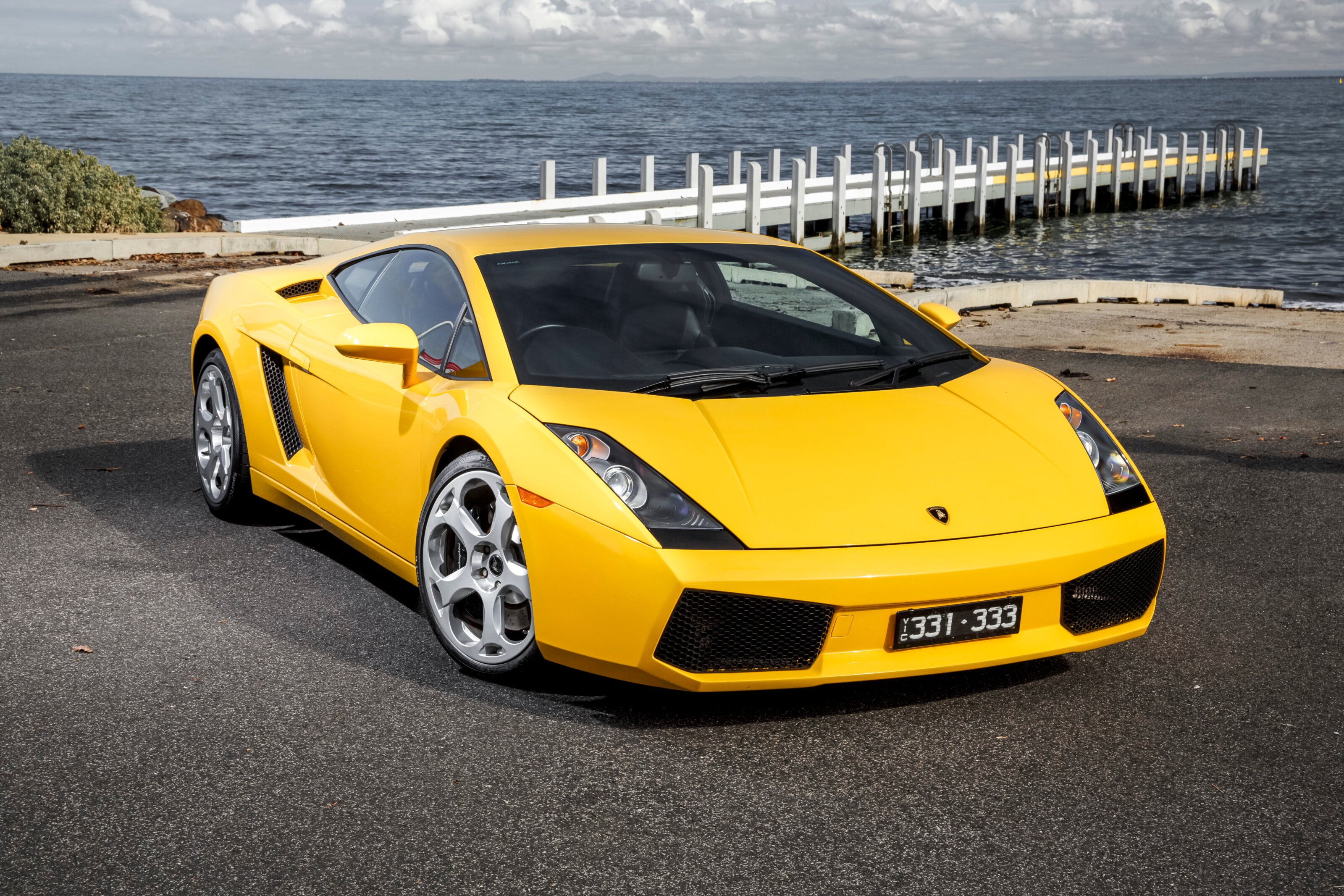
And perhaps that spoke to Lamborghini’s intentions with the breakout Gallardo of 2003. As the first model wholly designed and developed under Audi’s new ownership, it was the Gallardo that saw the traditionally low-volume Italian marque achieve unprecedented volume in manufacturing and overall sales.
The flagship V12 Murcielago, which debuted just two years earlier, yielded a total of 4099 units over nine years of production. The Gallardo’s closest spiritual predecessor, the Jalpa, saw just 410 examples escape the Sant’Agata factory between 1981 and 1988. By the time the final Gallardo rolled off the production line in 2013, 14,022 had been produced.
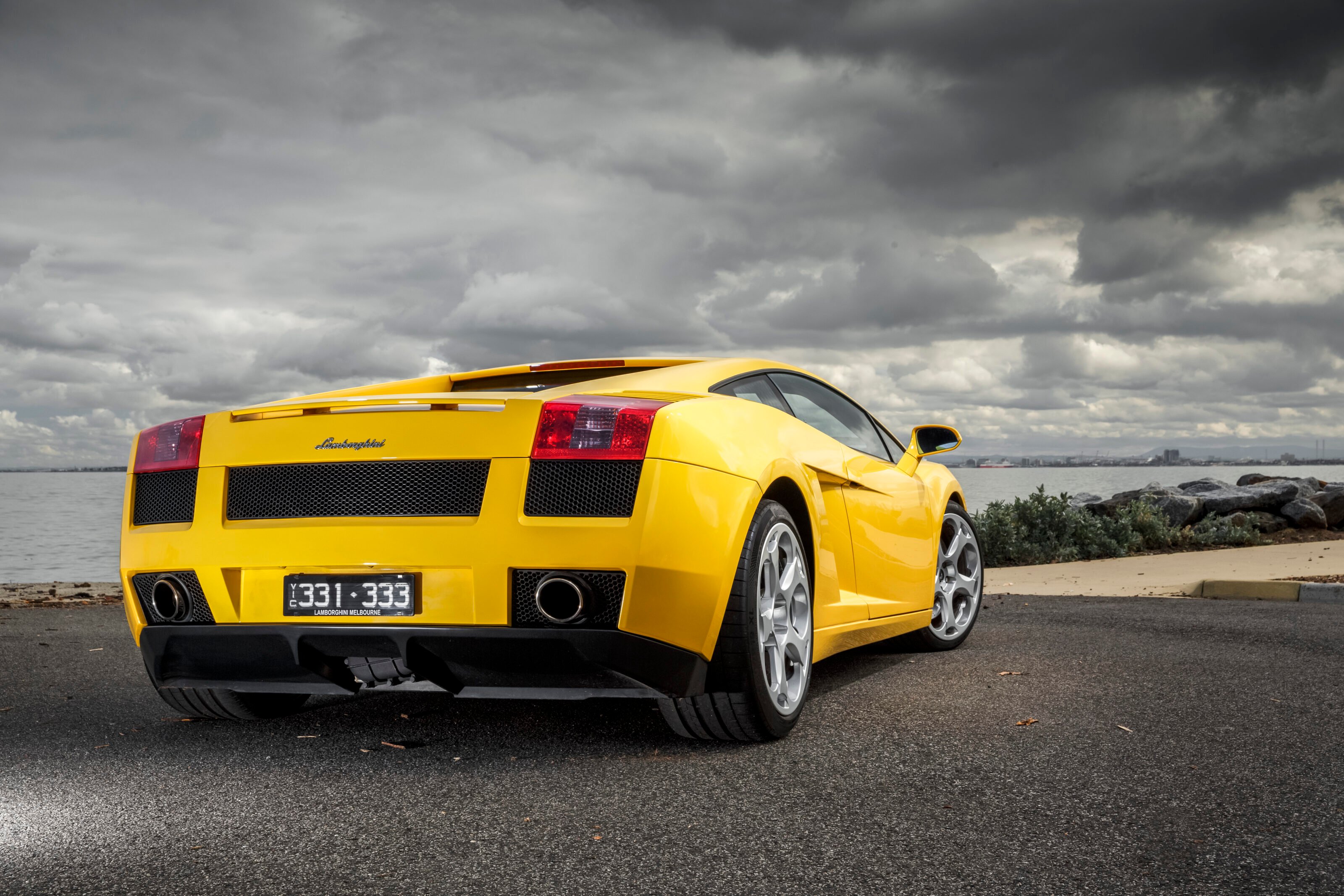
“It won’t be long before the Lamborghini Gallardo is regarded as a genuine classic”
Most of those were fitted with Lamborghini’s E-gear electrohydraulic semi-automatic gearbox, although the Gallardo can proudly claim to be the last Lamborghini offered with a gloriously gated six-speed manual. This is the one to get, if you can find one.
The Gallardo secured Lamborghini’s future as a modern mass-produced carmaker, and gave the brand a car that all manufacturers dream of: it was the right car, at the right time.
With the future of Lamborghini’s V10 in question, and an industry that is rapidly retreating from naturally aspirated, large-capacity engines, we suspect it won’t be long before the baby Lamborghini is regarded as a prime modern classic for global collectors.

Essential Checks
In the market
As the brand’s then-most successful model to date (the Huracan exceeded the Gallardo’s production tally in just five years), you won’t be short of choices on the used market.
Early Gallardos were powered by a 5.0-litre V10 capable of 368kW at 7800rpm (510Nm at 4500rpm), although the faster, lighter and more efficient LP140 update – occurring in 2008 – saw displacement and power grow to 5.2-litres and 412kW at 8000rpm.
Pre-facelift cars range from $150,000 to $200,000, with a lone and desirable manual example asking $160,000 observed. Post-facelift RWD examples begin at $230,000, with rare Superleggera and open-top Spyder Performante models appearing infrequently between $250,000 and $300,000.
Body & Chassis
While few bemoaned Audi’s takeover of Lamborghini, none could argue with the improvements to build consistency.
Subsequently, Gallardos are regarded as well-finished, and none on the current market boast the mileage that would usually indicate significant visual degradation.
The Spyder’s fabric roof has been known to fail in rare cases, however, it’s usually caused by one of the solenoids failing, which is a relatively painless fix.
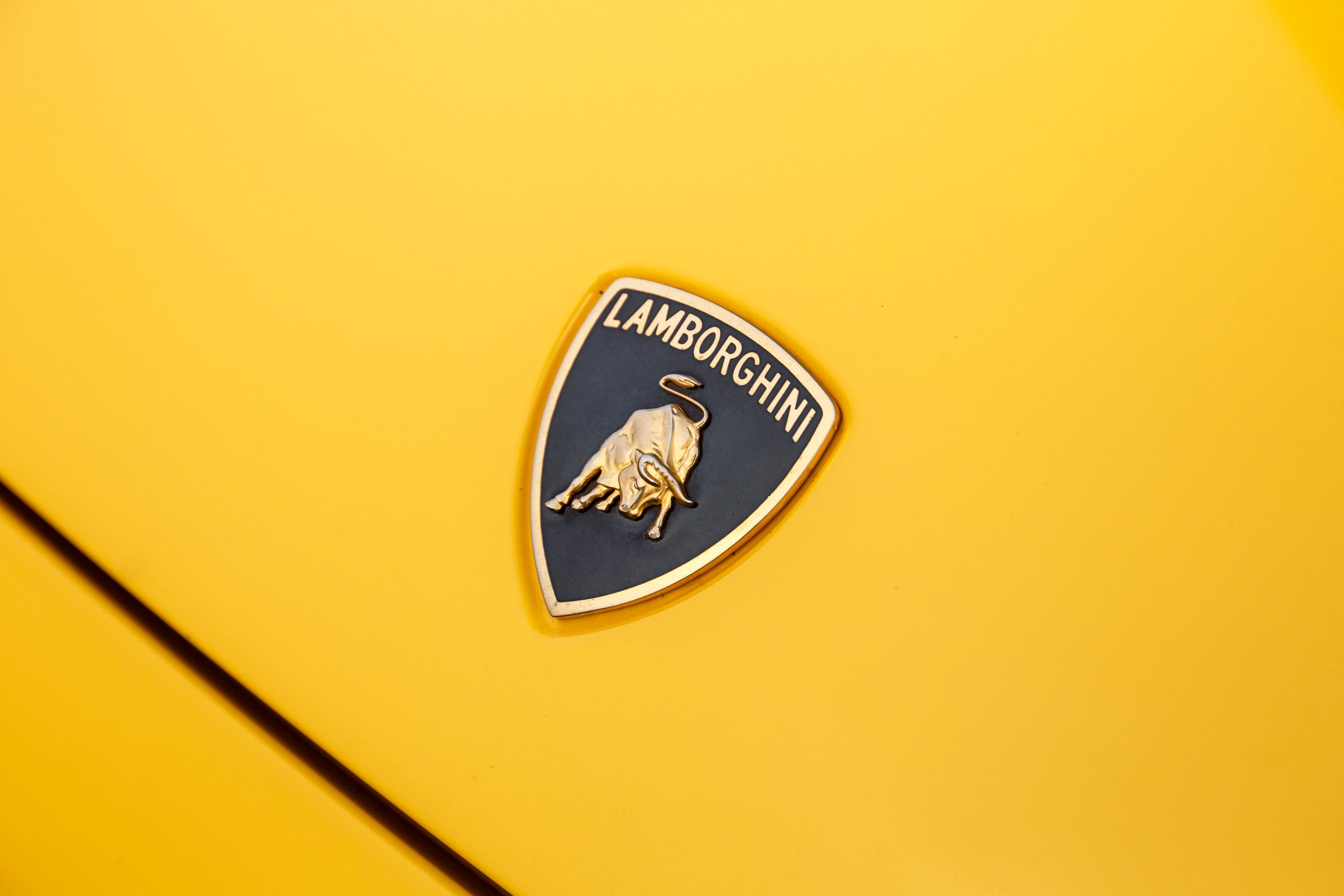
Engine & Transmission
Both the 5.0-litre and 5.2-litre V10s are regarded as durable units with few known issues. Engines are known to drink a litre of oil every 6500kms or so, although the V10’s thirst increases dramatically with sustained hard use and/or track work.
Conversely, cars in disuse can suffer from ‘sticky’ throttle bodies which can be identified by ‘hunting’ revs at low speeds and idle.
Engines that have led hard lives are known to leak from the rear main seal, which should be replaced whenever a new clutch is fitted.
Early gearboxes were known to consume clutches in as little as 10,000kms. However, throughout production, Lamborghini introduced numerous uprated B, C and E-type clutch units which improved in strength with each revision. While the E-gear and manual gearboxes are identical, the E-gear utilises a hydraulic actuator which is expensive to fix if it fails. Be wary of leaking fluid that is not engine oil or coolant.

Suspension & Brakes
Early models were known to suffer from premature wear to the anti-roll bar bushings, however, Lamborghini later produced updated units which cured the issue.
Elsewhere, most cars on the market don’t display the mileage that would usually indicate worn or tired bushings. Still, an inspection by a marque specialist is recommended for peace of mind.
Interior & Electronics
Frequent slights at the Gallardo often pertained to its Audi ‘parts-bin’ interior. In actuality, this is where most owners would come to relish the Germanic owner’s influence.
Switchgear and touchpoints are well-built with minimal known faults to the climate control and optional integrated sat-nav/infotainment system. Seat bolsters are known to wear with heavy use.
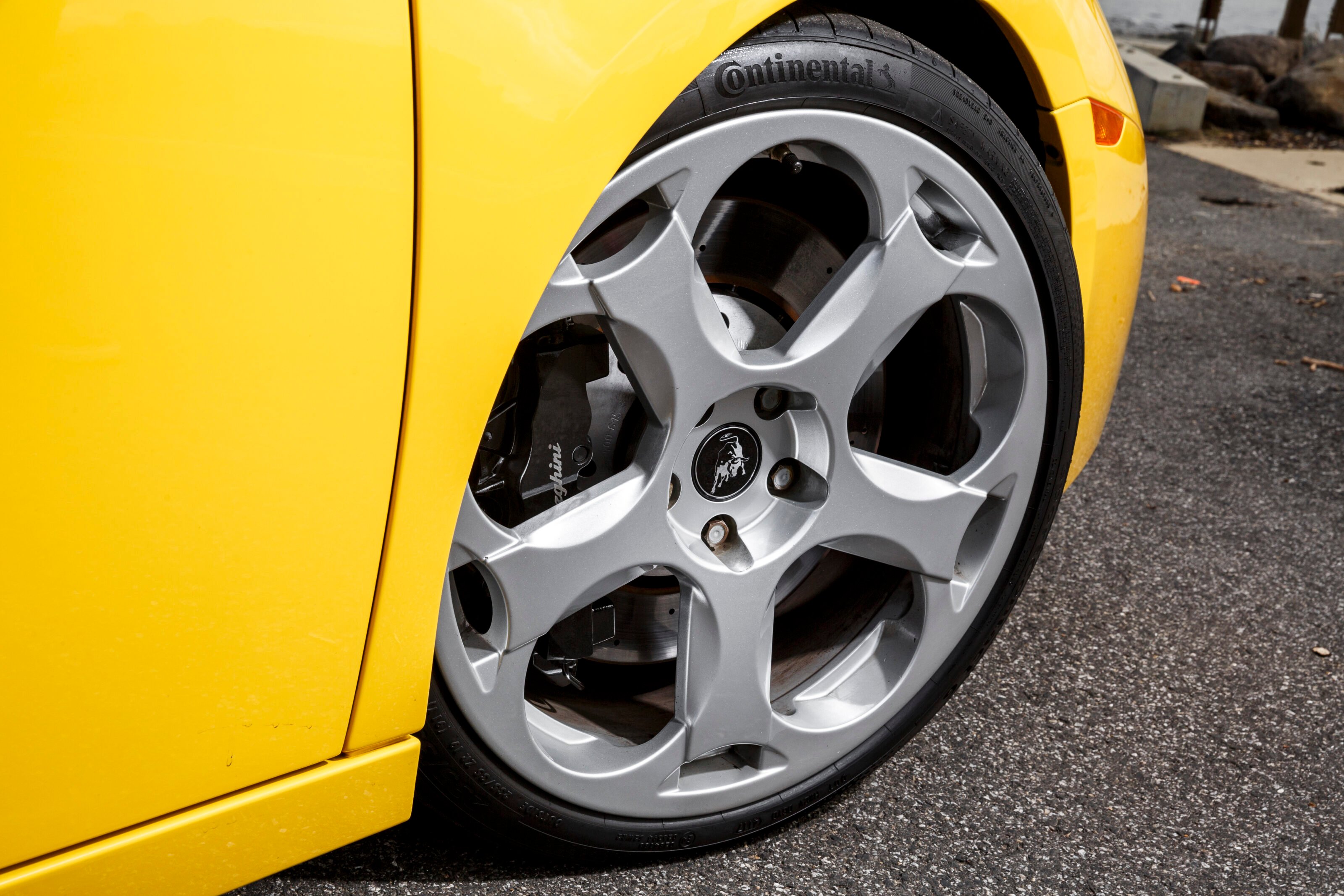
Lamborghini Gallardo specs
Body: 2-door, 2-seat coupe Engine: 4961cc V10, DOHC 40v Power: 368kW @ 7800rpm Torque: 510Nm @ 4500rpm Transmission: 6-speed manual/6-speed semi-auto Used Range: $150,000-$300,000
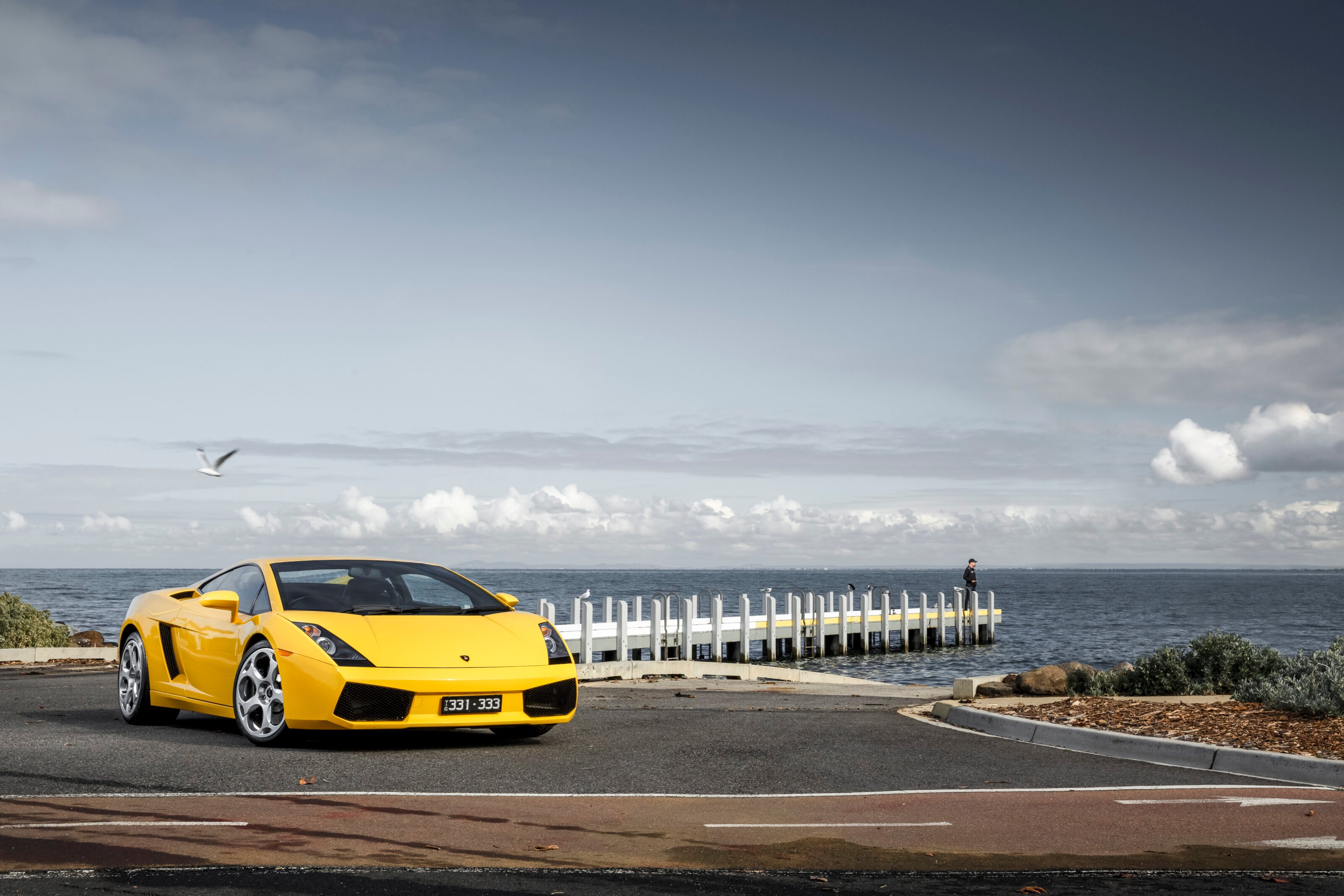
Three other options you may consider
1. Porsche 997 911 Turbo Porsche’s 997 Turbo packs similar all-paw performance, albeit from a 353kW turbocharged flat-six mounted out back. Prices are largely lineball with the bottom end of the Gallardo market, but the upper end would also afford you a 997 GT3 – pick your poison.
2. McLaren MP4-12C McLaren’s pivotal modern supercar is undoubtedly another future classic candidate from a pre-electrified era. It will offer the same exotic experience as the Gallardo, but they haven’t quite depreciated as low with prices beginning from $225k and up.
3. Audi R8 Perhaps the most obvious alternative to the Gallardo is its Audi-badged step-sibling. You can own much the same sonorous V10 for about $25k less than a Gallardo at the bottom end of the market, however, the V8 can be had for considerably less at about $115k to $125k.
We recommend
-
 Features
Features2004 Lamborghini Gallardo takes on the Italian Alps: classic MOTOR
What’s better than a ski weekend in the Italian Alps with a Lamborghini Gallardo? Meeting another Lambo when you get there…
-
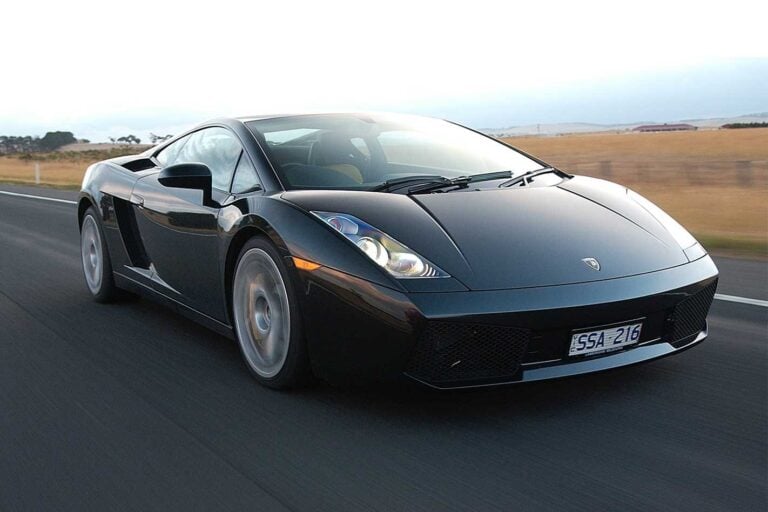 Performance COTY
Performance COTYPerformance Car of the Year 2004 - Winner - Lamborghini Gallardo: classic MOTOR
From 19 wannabes, one is brutishly fast, technically brilliant – and amazingly docile. Clearly, it is The One






